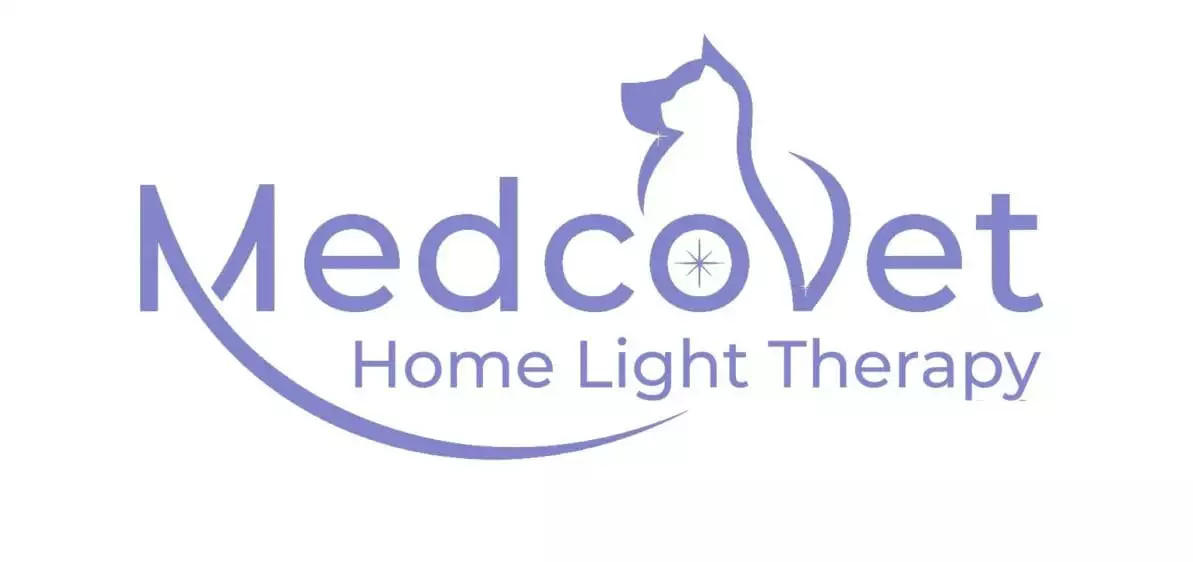Add this One Thing to Supercharge Your Vet Clinic
Veterinary medicine is rapidly evolving, and one of the biggest trends over the last few years has been the addition of rehabilitation services. Pet parents are seeking out ways to reduce pain and cost (see: USA Today article), and veterinarians see the benefits of adding additional recurring revenue to their practice to help offset fixed cost overhead.
Some have already added this modality, others are working on it now, and still, others are just in the planning stages. Our research also shows that there are right ways and wrong ways to go about adding rehabilitation services to a clinic. Although most clinics ultimately succeeded, their journey was filled with missteps along the way.
The wrong way to add rehab to your clinic
When writing this article, we spoke with many clinic owners about their experiences, in adding rehab to an existing vet practice. It turns out that many clinics start out wrong, and as a result, end up hurting their client relationships and bottom line. Christine Cranston (MPT, CCRP), who has seen such attempts, explained that some clinics who hear about rehabilitation being “a hot new thing” quickly purchase some equipment, and send a veterinary technician to a short training program. Their focus is to begin advertising that they offer rehabilitation services. This approach usually ends up backfiring as true rehabilitation services are not given, and many clients feel like they are parting with money and not much improvement for their pets.
Cranston explains that true services only start with the certification and the equipment. Certified as a CCRP practitioner in 2004, she is part of a vibrant community of certified rehab practitioners. Some of them have their own practice while others live within general practice and integrate rehab into more traditional veterinary medicine.
The right way to add rehab to your practice
The first step to adding PT to your clinic is to understand better what rehab has to offer and how it might fit into your practice. There is not a one size fits all approach. It depends on you, your clinic, and your customers.
The first step should be – research. Start online but also reach out to PT clinics and GPs with PT in-house. We have found that clinics that are not in a geographically competitive region are more than willing to share best practices and lessons learned.
There are several different ways to add PT to your practice:
– Full-time PT in-house.
– Part-time PT in-house.
– 8GP Vet with PT training.
– Refer PT out.
Which is right for your practice depends on you:
– Do you have excess capacity in facilities?
– Do you have excess capacity in hours?
– What kind of services do your demographics support?
If your facilities are not near 100% utilization, but your staff is already overwhelmed, then adding a full-time or part-time dedicated PT may be the answer for you.
If your facilities and people are both at maximum capacity, then finding a dedicated PT clinic to partner with maybe the answer. Since these clinics will not be competitive but will be serving the same customer, they can act as a tremendous mutual referral source.
Understanding your demographics is essential to knowing which kinds of services to offer. The trend with all income classes is strongly leaning towards higher allocation of budget to the care and comfort of the pet; however, lower-income will always opt for ways to provide “90% of the benefit with 10% of the cost” solutions.
This is an often-overlooked benefit of PT services. Some pet parents simply do not have the cash flow to pay for the surgery but can make smaller payments that provide the “next best alternative” of care.

Luma
At MedcoVet, we aim to make light therapy available and affordable to anyone that needs it. So, we would like anyone interested, curious, practiced or skeptical to join our community and the discussion.

